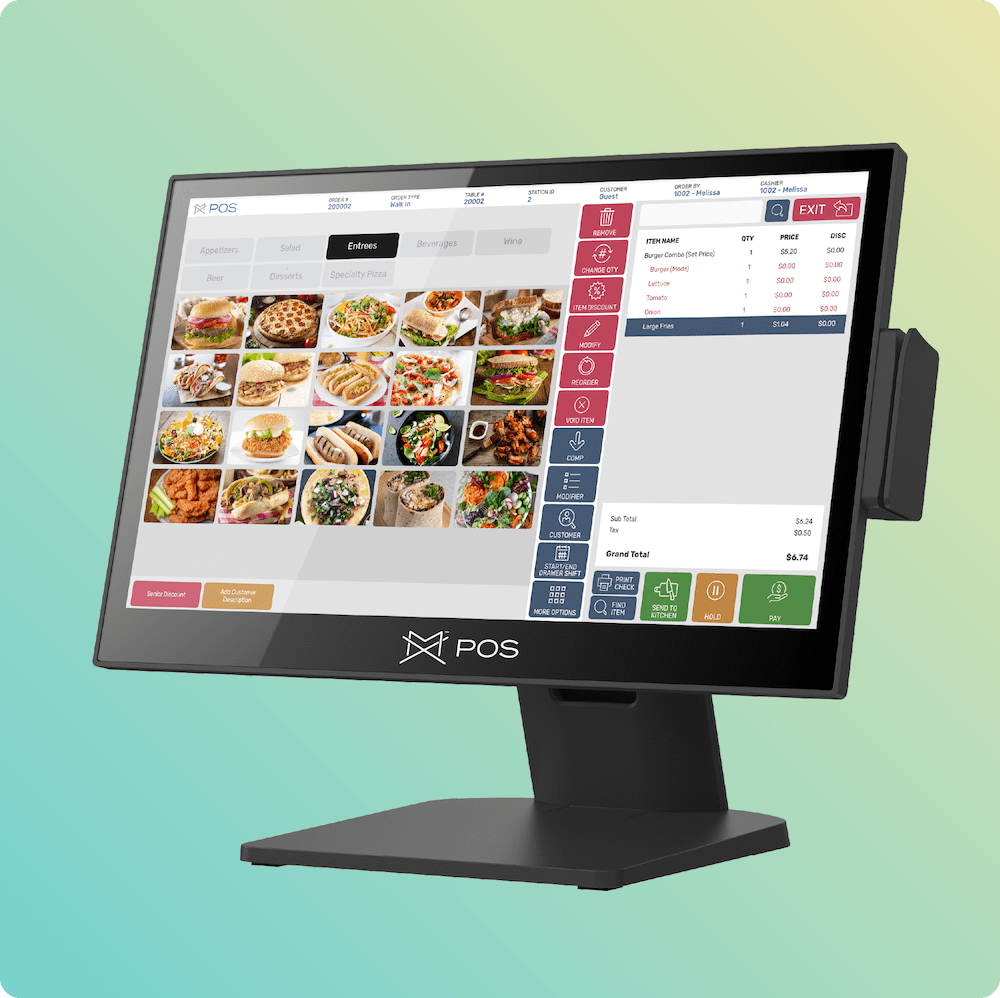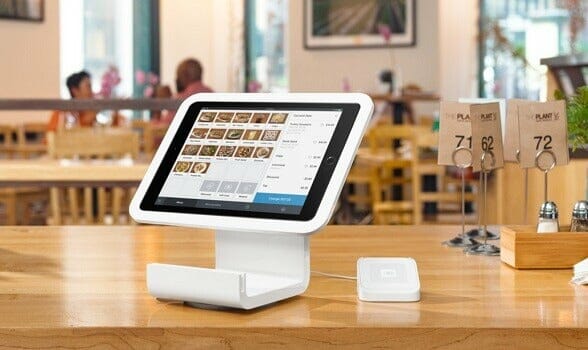How POS System Functions: A Comprehensive Guide for Service Owners
A POS system functions as a vital tool for modern-day services, integrating various elements to simplify procedures. It incorporates equipment like barcode scanners and software to buy tracking. This system not only refines purchases yet also manages stock and assesses consumer behavior. Comprehending its capability can greatly impact a service's performance and decision-making. What are the key elements that contribute to this performance? Exploring these components offers beneficial understandings.
Comprehending the Parts of a POS System
A Point of Sale (POS) system is composed of a number of crucial parts that function with each other to promote purchases and take care of business operations. At its core, the hardware includes devices such as a cash register, barcode scanner, receipt printer, and repayment terminal, all crucial for refining sales (Restaurant POS Software). The software component manages inventory, sales tracking, and client information, providing valuable insights for company decisions.Additionally, data sources save deal documents and customer information, making certain data stability and security. Network connectivity allows real-time updates and accessibility to cloud-based services, improving operational effectiveness. Individual user interfaces, made for ease of use, permit staff to navigate the system rapidly, minimizing training time. With each other, these elements develop a natural system that enhances the sales procedure, enhances customer service, and help in reliable administration of company resources. Recognizing these elements is essential for business proprietors looking for to optimize their POS systems
Just How Sales Deals Are Processed
When a client makes a decision to buy, the sales purchase launches a series of systematic actions within the POS system. The cashier inputs the products being purchased, which are checked with a barcode viewers or by hand gone into. This action retrieves product information, consisting of prices and suitable taxes, from the system's database.Next, the customer exists with the total quantity due. The POS system then processes the settlement, whether via money, charge card, or mobile settlement approaches. For electronic payments, the POS safely communicates with settlement processors to license and validate the transaction.Once the repayment is confirmed, the system produces an invoice, which can be printed or sent digitally. This receipt works as proof of purchase for the consumer. Ultimately, the purchase data is recorded in the system, guaranteeing precise sales documents and economic tracking for business.
Supply Administration and Tracking
Effective inventory monitoring and monitoring are important components of a POS system, as they assure that services keep perfect stock degrees and reduce discrepancies. A durable POS system permits real-time inventory updates, mirroring sales and returns instantly. This makes it possible for company owner to keep an eye on stock levels accurately, ensuring that popular things are conveniently offered while stopping overstocking of less prominent products.Additionally, advanced POS systems offer attributes such as computerized supply informs and reorder tips, enhancing the procurement process. Barcoding and RFID modern technology boost accuracy in tracking stock movement, reducing human mistake. Substantial coverage tools give insights right into inventory turnover rates, assisting businesses make educated decisions concerning purchasing and product offerings. Inevitably, effective inventory administration through a POS system not just enhances functional efficiency yet likewise boosts customer complete satisfaction by making certain product accessibility.

Analyzing Client Information and Insights
Customer data analysis works as an effective tool for companies making use of a POS system. By collecting and analyzing deal information, businesses can discover useful insights about helpful resources consumer behavior and preferences. This evaluation allows them to recognize purchasing trends, peak buying times, and preferred items, therefore informing stock decisions and advertising strategies.Additionally, companies can sector their consumer base, allowing for personalized advertising efforts that cater to particular demographics or buying routines. Recognizing client loyalty patterns also assists in establishing targeted promotions and rewards programs.The information amassed from a POS system can likewise reveal understandings right into customer responses, allowing services to make enlightened decisions concerning product offerings and solution enhancements. Eventually, leveraging customer data effectively can boost the general buying experience, foster customer complete satisfaction, and drive income development.
Benefits of Applying a POS System
Implementing a POS system uses numerous advantages that can considerably boost business procedures. To start with, it improves deal procedures, lowering wait times and boosting consumer fulfillment. By automating sales procedures, businesses can decrease human error and assurance exact record-keeping. Furthermore, a POS system gives valuable data analytics, enabling proprietors to track sales fads and supply degrees in real-time. This understanding supports informed decision-making, assisting to maximize supply management and marketing strategies.Moreover, numerous POS systems integrate with other service devices, such as accounting software, simplifying financial administration. Improved worker administration functions, such as tracking hours and performance, additional add to operational efficiency.Lastly, the execution of a POS system can bring about raised earnings via boosted consumer experiences and strategic understandings, ultimately cultivating service growth and sustainability.
Regularly Asked Inquiries
What Sorts Of Businesses Can Benefit From a POS System?

Just how Much Does a POS System Commonly Expense?
The price of a POS system normally ranges from a couple of hundred to a number of thousand bucks, depending upon features, equipment, and software - Restaurant POS Software. Services should take into consideration ongoing costs for maintenance, assistance, and transaction handling when budgeting

Can I Integrate a POS System With Existing Software?
Integrating a POS system with existing software is check out here usually feasible. Several systems supply APIs or integrated compatibility functions, permitting services to improve operations and enhance functionality by attaching numerous software program applications properly.
What Training Is Needed for Staff to Make Use Of a POS System?
Training for staff to make use of a POS system normally includes understanding software functionalities, refining purchases, handling inventory, and dealing with client communications - Restaurant POS Software. Practical demos and hands-on practice enhance efficiency and confidence in making use of the system efficiently
What Takes place if the Net Decreases While Using a POS System?
If the web goes down throughout POS system use, transactions might be interrupted. Numerous systems offer offline capabilities, permitting standard procedures to continue, but complete capability, consisting of real-time stock updates, will be limited.